The First Time I Fell in Love
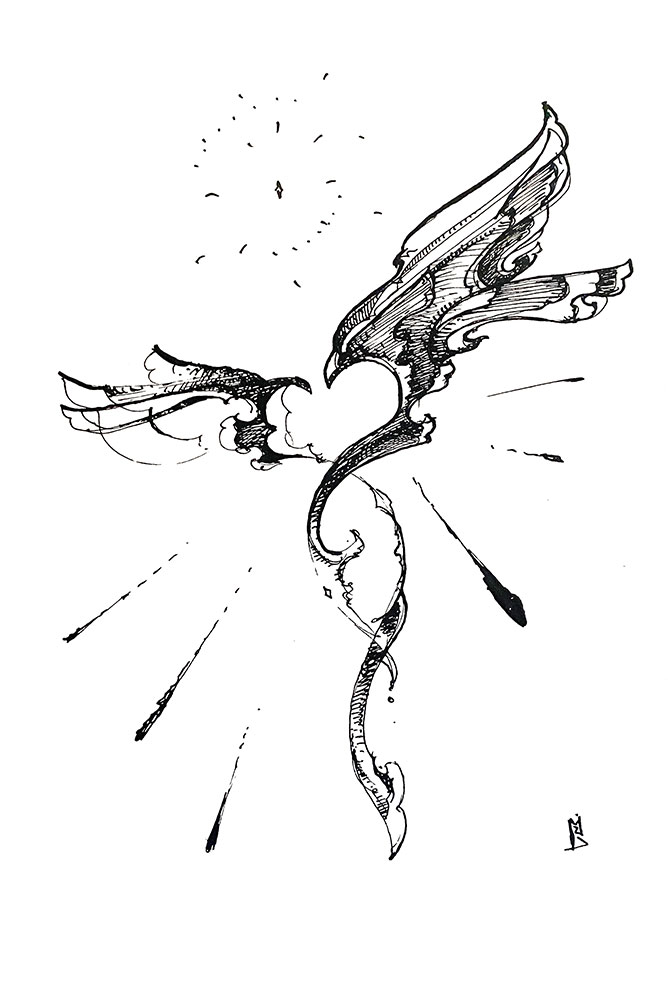
The first time I fell in love, I truly fell for it - head over heels - it was somewhere between the brush and the canvas and my hand - between the music and the walls and my ears - the wind, the sky, and the trees - between the inhalation and the following exhale - and the exhalation and the proceeding inhale - somewhere - dawn day dusk and night - everywhere - little things - big things - everything - the sacred and the profane - the absolute innocuously mundane - and I never fell out of love again.
And even as I've ambled down best-forgotten paths and for all of my human everything - for all of as many times as I've missed it, there it was (always) again - even lost and alone - I found myself there upon its shore following the thread woven through all things that is all things - hearts to minds to bodies to breath to I - connecting - guiding - leading me onwards - upwards - within - that if not for it's divine chord, the entire symphony of life would cease to be. And I return to my canvas and we do our work and play our part in that song of songs and life - it just goes on.
Some Things I Swear By
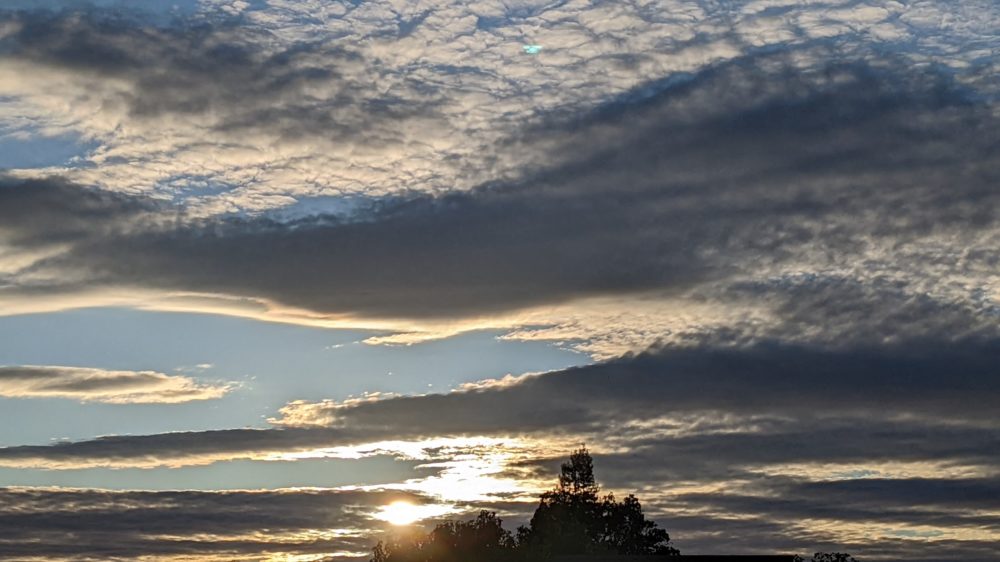
Someone wrote to me and asked:
I was wondering if you're using any mediums to get that look and are there any techniques that you swear by?
Dreams
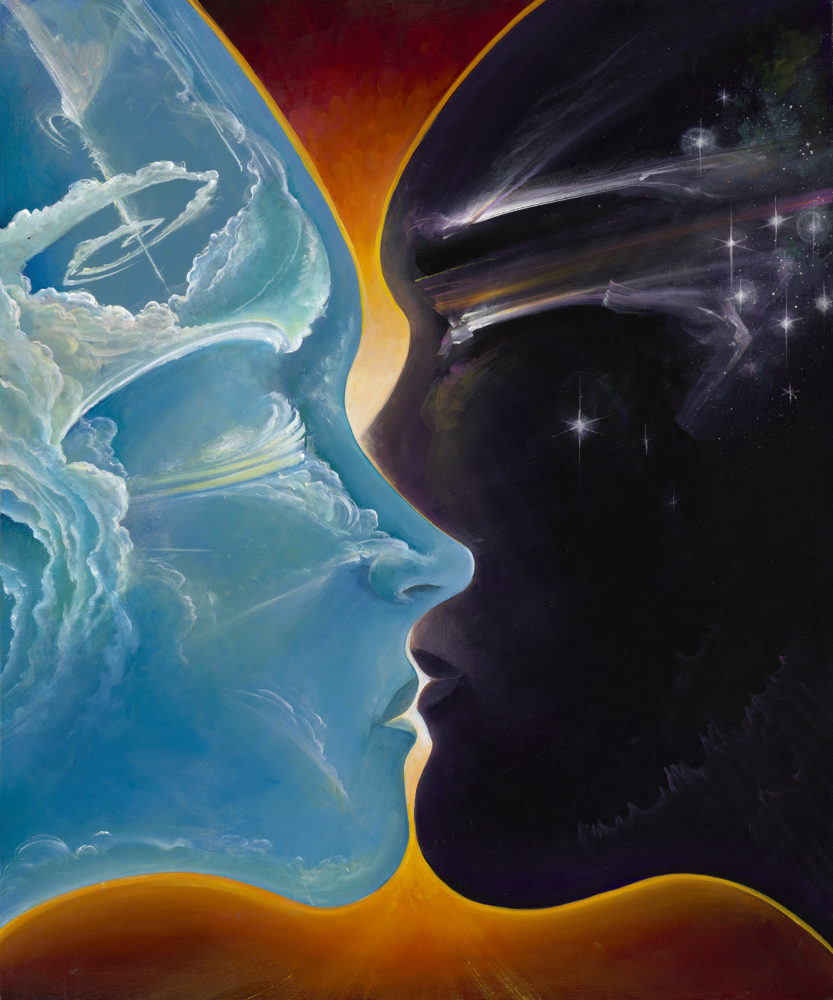
Your vision will become clear only when you can look into your own heart. Who looks outside, dreams; who looks inside, awakes.
Carl Jung - Letters, Volume 2 (Princeton University Press, 1973)
We dream up new worlds to live and love in. We dream up new ways of being and caring for one another. We are not just ourselves. We are everything else as well. And as we awaken parts of ourselves that might have been asleep, so too do our dreams take ever more beautiful shape.
The Art of Seeing
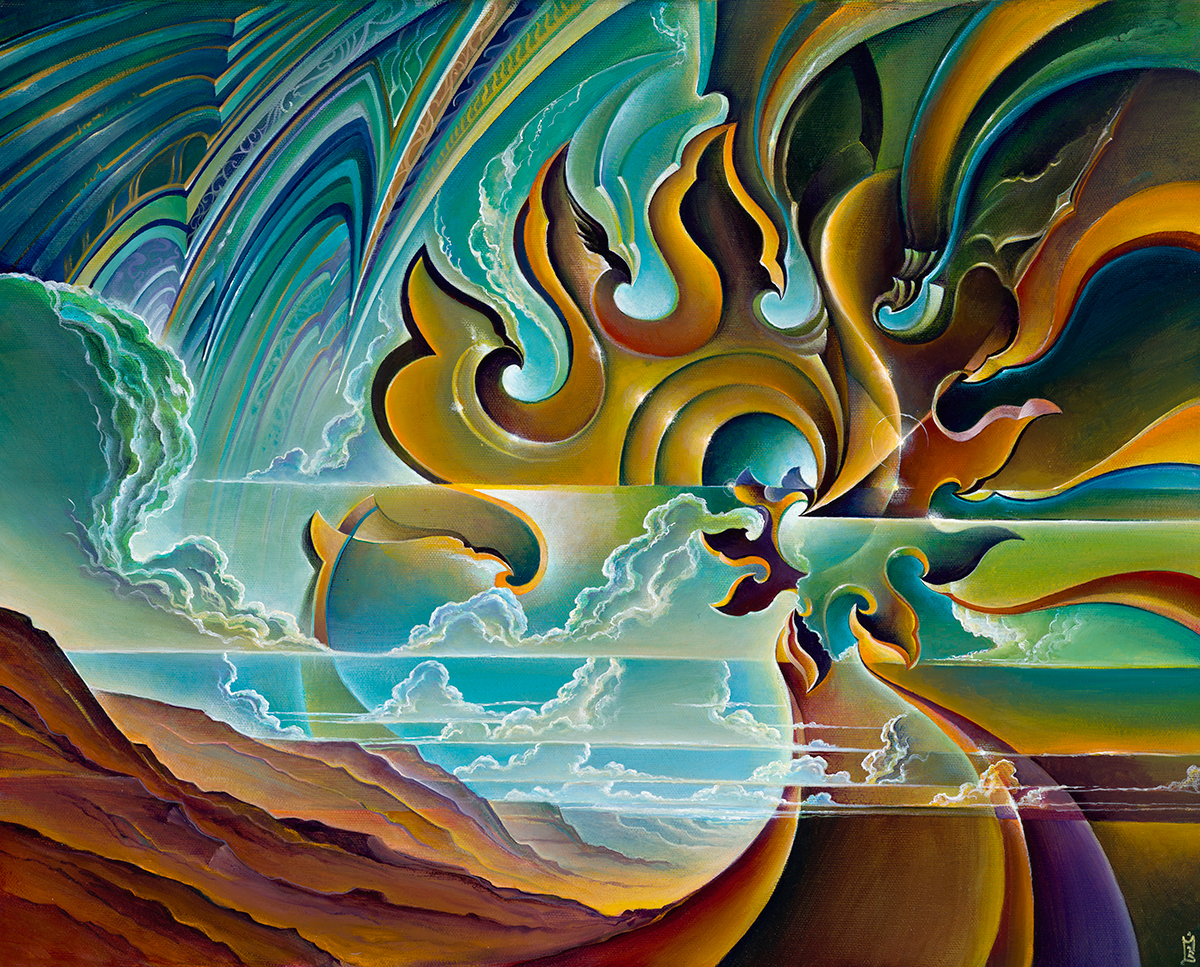
People forget how to "see" as they get older.
We develop very narrowly focused ways of seeing with lenses of dollar value, costs and exchanges, styles, judgements, things we like or don't like, what matches and doesn't match, and so on. Most of these ways of seeing tend towards a sort of value judgements for us to descipher the parts which are useful to us in this moment or as are possible worthy investment for the future.
The Mystical Lineage in Contemporary Art
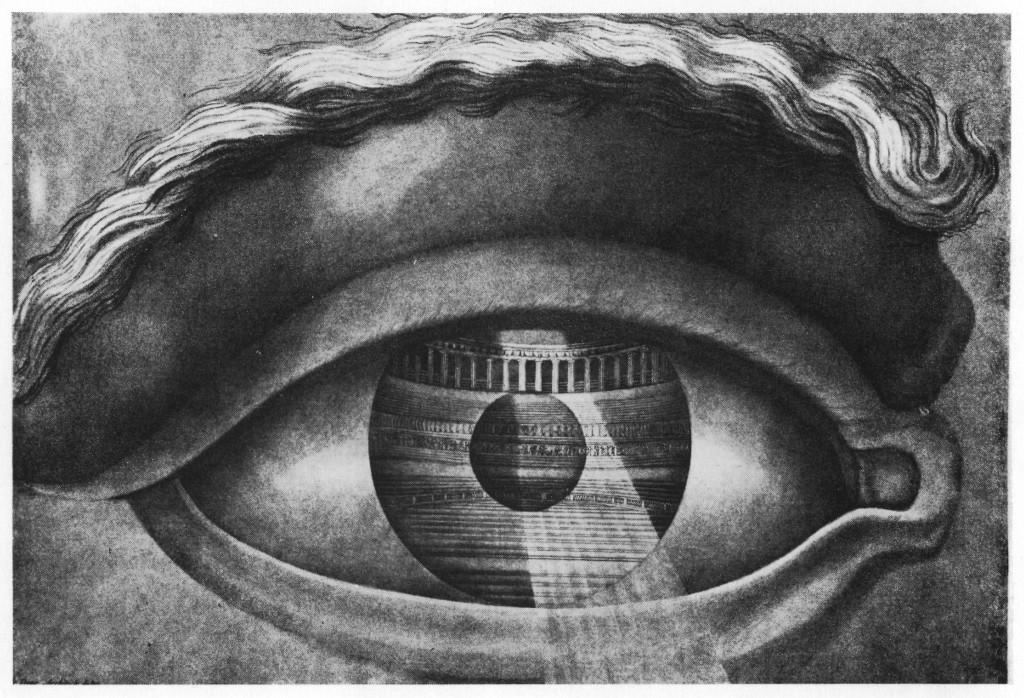
Human beings are essentially social creatures. For the most part, we enjoy hearing music, seeing movies, and looking at art with others as is evident by our copious clubs, theaters, galleries, and museums. The collective participation greatly enhances the experience. Often, we hear musicians speak about their love of the live show and riding the energy of the crowd. It's a symbiotic relationship - this giving and receiving. A positive relationship develops between artist and observer (or in the case of musicians - the listener) when the desire for connection with others and with ourselves is fulfilled. This recognition and mirroring of emotions, desires, joys and fears - sharing a deeper part of our human experience that is beyond words or facts: that is the place where 'art' resides. It seems to me that this is an integral part of the human experience and the conversation we have with each other.
But what happens when the art stops partaking in that conversation? What happens when that connection is lost? We've all been to art exhibitions where we feel like running around screaming 'The Emperor has no clothes!' The art feels vapid and senseless - like a discussion not with the viewer but instead an insular conversation between art critics, curators, collectors, and the artists themselves. Values are conflated to obscene prices for works that seem so obtuse, so far removed from and devoid of human emotion and experience, that we wonder why they exist at all. And then we're told that's the point! And we feel conned all the more.
Seeing the Possibilities
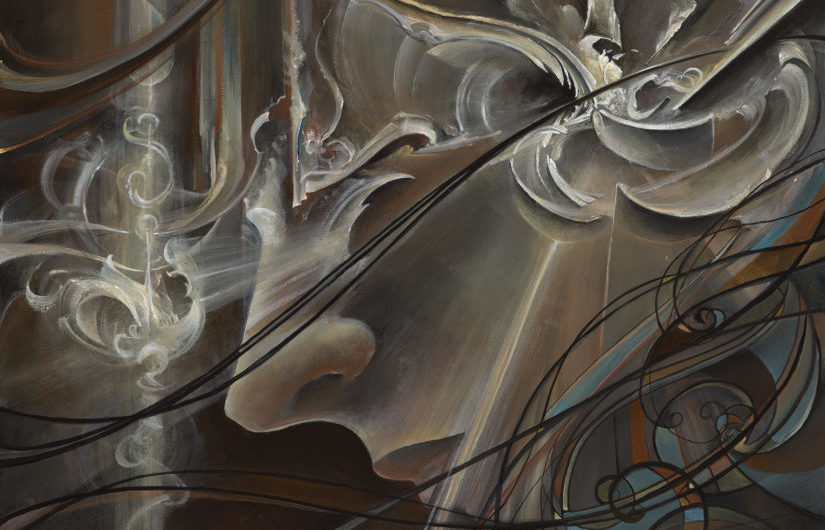
Being a good artist or good designer isn't just knowing how to use the tools you have, although it does help. The greatest artist can work with the most minimal of tools and come up with something of greatness that surpasses those who are still arguing about which paint brush or protractor is superior.
To be a great artist is to be able to understand the relationships and inferences of the lines to circles, squares to triangles, and so on. It is to understand the flow of information and assimilate it into a composition that captures not only it's essence but it's possibilities.
Maus
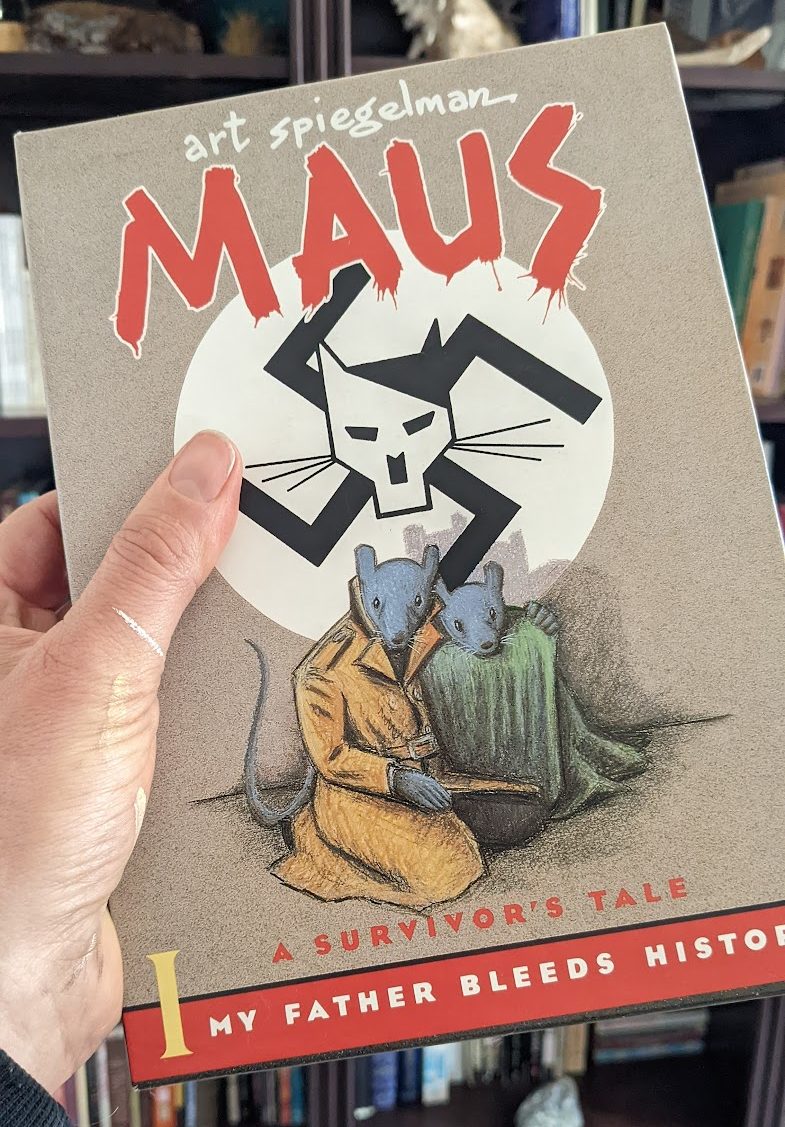
There's been a lot of talk lately about this graphic novel, Maus. Maybe you've heard about it. I bought my first copy of it back in 1991 or something when it was first collected as a graphic novel.
Anyhow, at the time, it was different than other graphic novels because there wasn't much in the way of the way of non-superhero fare (and I read plenty of those). It opened my eyes to the medium and.how stories could be told.
It’s a Tough World For the Arts (always has been)
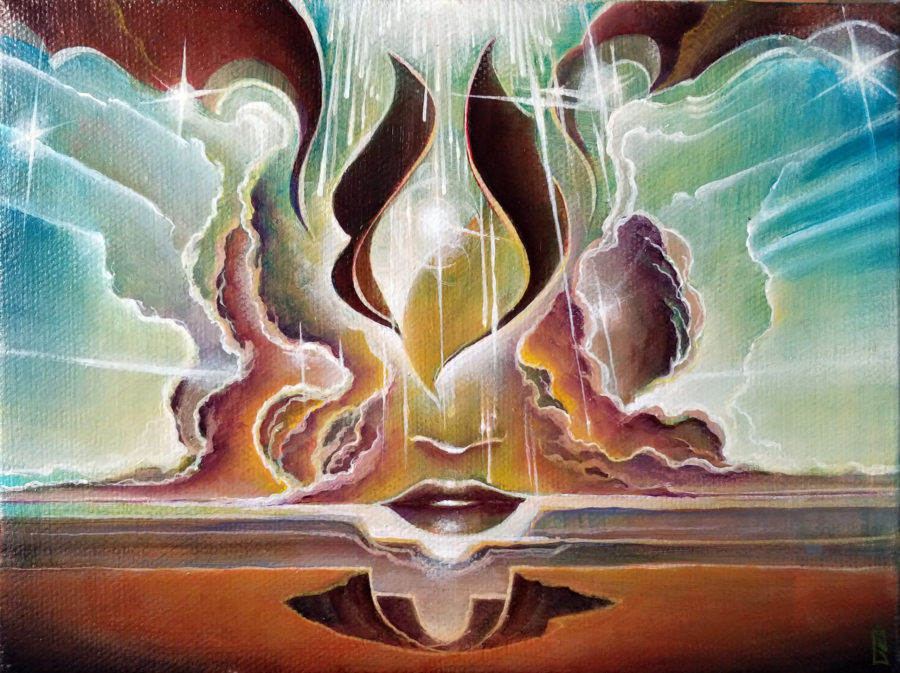
"It's a tough time for the arts," artists say.
You might think: O this means it's hard to sell art these days.
Narrator
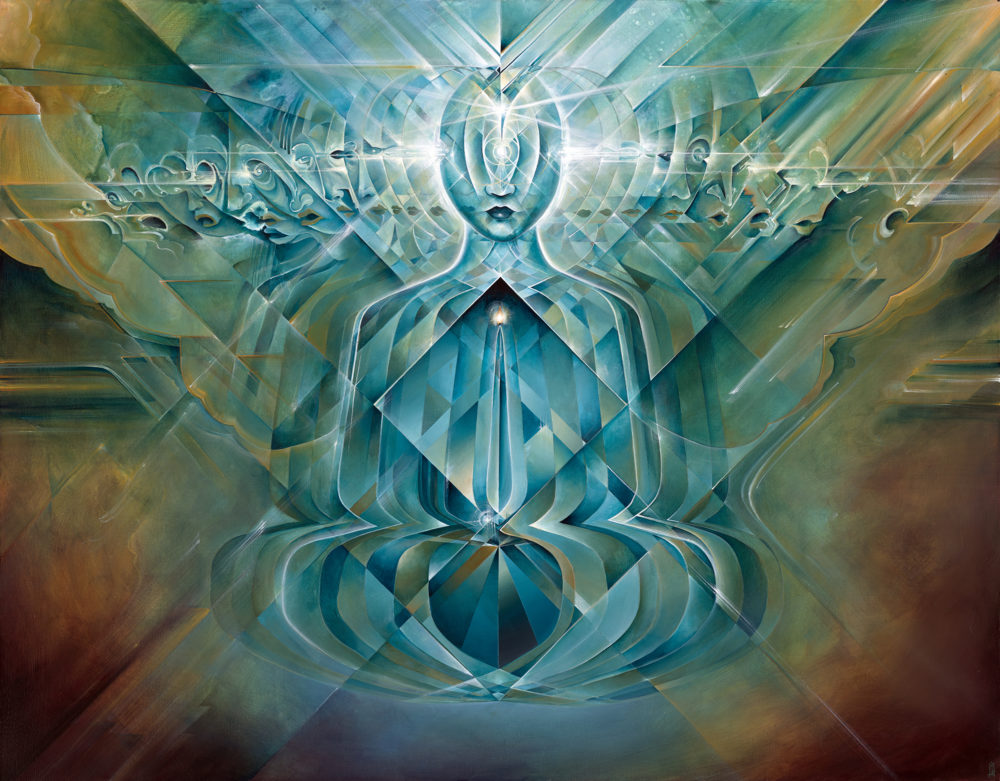
Mind is a terribly unreliable narrator. It is hero, villain, victim, confidant, so many stories it retells itself over and over. We can train our minds to create a more focused narrator, but, even then, it is hard to be an objective observer.
We don't know when we are off our rockers. It can be others who notice when we are out of alignment long before we notice it ourselves. Our inner narrator is full of stories, reasons, excuses.
Stamina
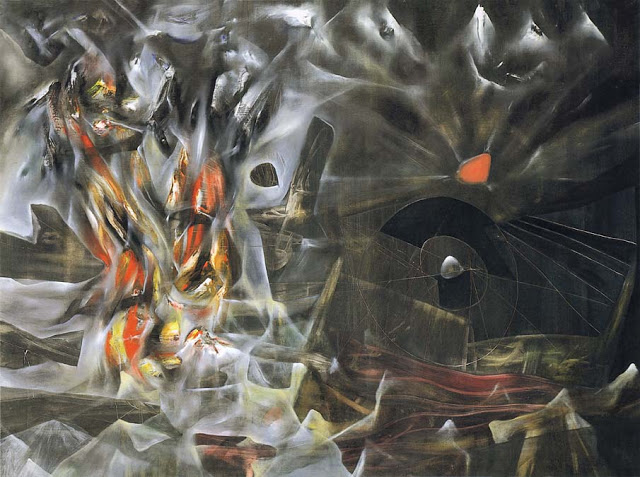
"Many painters work so cautiously and meticulously with the primer –and with the execution of the picture – in order to preserve it for eternity – that they lose their flame. And it happens that the painting becomes so tedious and poor that it ends up in a dark attic."
Edvard Munch
So what is it to maintain one's stamina through the course of a painting?